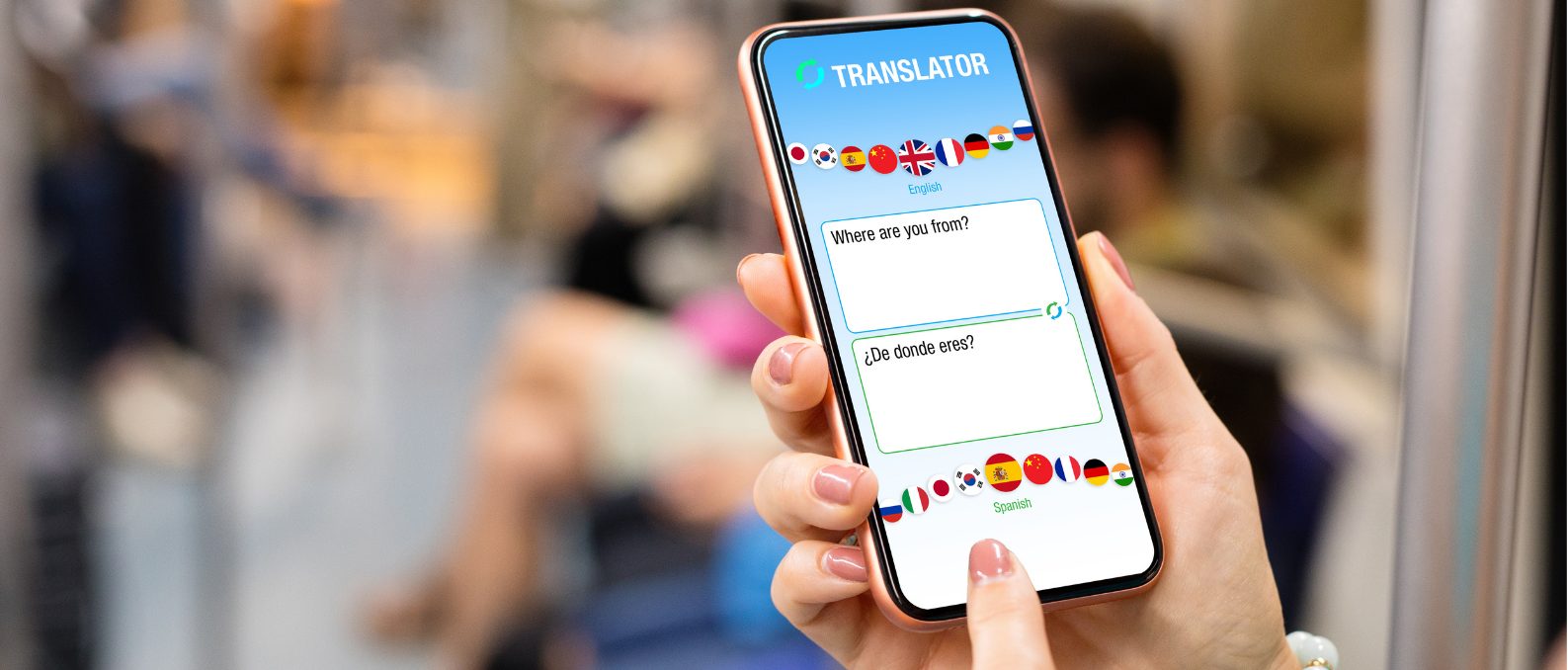How Crucial is Context in Ensuring Accurate Translations?
Posted on:

Contextual translation transcends mere word-to-word translation, delving into the cultural and situational nuances that give the language its true meaning. Consider the word ‘set.’ The word ‘set’ could mean different things: a ‘set’ of dishes, to ‘set’ a record, or the sun might ‘set.’ Each usage paints a distinct picture, emphasizing the importance of context in translation. The power of contextual translation lies in its ability to capture a message’s essence, going beyond words’ literal meaning. Contextual missteps can lead to significant blunders. A classic example is when a well-known American car company introduced its car in Latin America with a name that, in the local dialect, meant ‘No Go.’ Instead of attracting customers, the name turned them away, demonstrating how a lack of contextual understanding can lead to embarrassing and costly mistakes.
Understanding the context is paramount in today’s interconnected world, where every word can have multiple interpretations. A marketing slogan, for instance, needs to resonate culturally to be effective. Similarly, a legal document requires precision to ensure every clause is interpreted correctly. The role of a skilled translator is crucial—they must interpret the source material, keeping in mind the cultural and situational subtleties, to provide a translation that accurately conveys the original message.
As businesses seek to engage with a global audience, the demand for translators capable of capturing these contextual nuances has surged. Their expertise ensures that your message is translated, culturally aligned, and impactful.
Ensure your message transcends language barriers with the right context and cultural touch. Contact us at sales@thetranslationcompany.com for a consultation with our expert translators and make every word count in your global communication.


